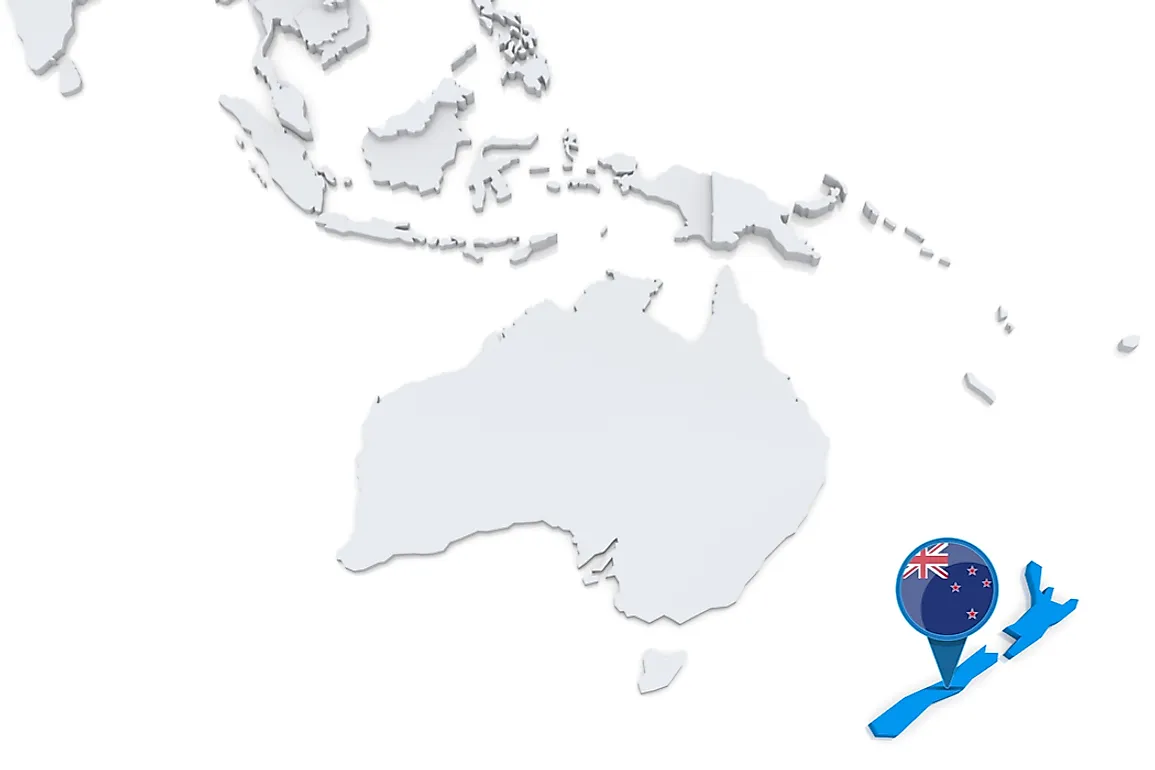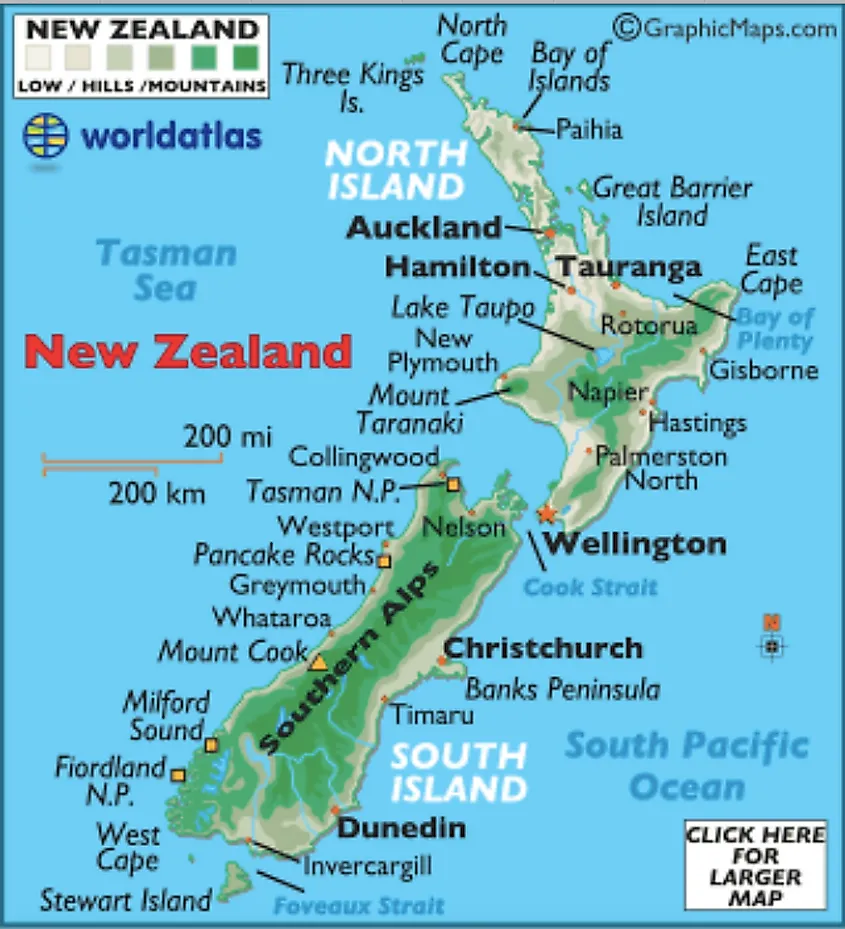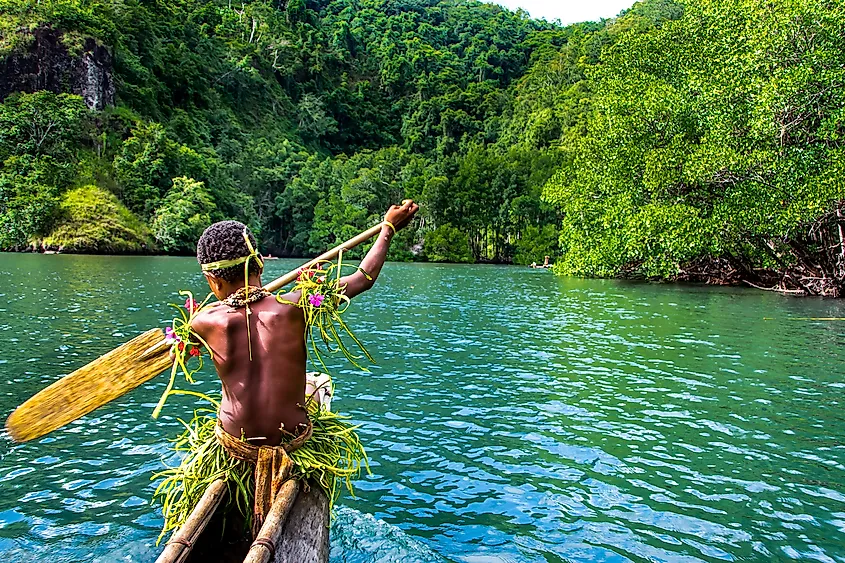What Continent Is New Zealand In?

- New Zealand is an island country and one of the many islands that make up Oceania.
- Oceania is a vast region composed of thousands of islands spread throughout the Central and South Pacific Ocean
- It includes the continent of Australia and 13 other countries—Papua New Guinea, New Zealand, Fiji, Solomon Islands, Vanuatu, Samoa, Kiribati, Micronesia, Tonga, Marshall Islands, Palau, Tuvalu, and Nauru.
New Zealand is an island country and one of the many that make up Oceania. It is located in the South Pacific Ocean around 2,000 km southeast of Australia. The entire nation is composed of two main islands: the North Island (Te-Ika-a-Maui) and the South Island (Te Wai Pounamu) as well as some other smaller islands.

New Zealand covers an area that spans 270,467 square kilometers which is about the size of the US State of Colorado. It shares maritime borders with Australia and other island nations in Oceania including Tonga and Fiji.
More About Oceania

Oceania is a vast region composed of thousands of islands spread throughout the Central and South Pacific Ocean. While some consider it an Ocean-continent, others consider it a geographical region instead. It includes the continent of Australia and 13 other countries—Papua New Guinea, New Zealand, Fiji, Solomon Islands, Vanuatu, Samoa, Kiribati, Micronesia, Tonga, Marshall Islands, Palau, Tuvalu, and Nauru. It lies between Asia and the Americas and has Australia as its major landmass.
The region was traditionally divided into four smaller parts: Australasia (Australia and New Zealand), Melanesia, Micronesia, and Polynesia by French explorer Dumont d'Urville. He also coined the term “Oceania” in 1831 to refer to the group of islands in the region. Although this division is no longer recognized by geographers and scientists today. Experts believe that the islands in Oceania are parts of an old continental landmass that were formed due to volcanic activity and the movement of tectonic plates.
The climate in the region can be tropical in some areas and subtropical in others and ranges from humid to seasonally dry. Many believe that, since the islands in the region were never connected to other continents, the existing flora and fauna were brought over from across the ocean. Once landed, they adapted to life in the islands. Many studies, that traced the origin of its plants, support this. Like its plant and animal species, most of its human inhabitants came from other parts of the world.
Migration To Oceania

Archeological evidence suggests that ancient people traveled from other parts of the world and settled in Oceania some 3,400 thousand years ago—long before the Iron Age. Many of them left the sandy shores of their coasts, set sail into the open ocean, and traveled 2,000 miles of open seas to find the islands in the region.
And the trend continues up to this day, although now people who come to the region are equipped with more advanced means of travel and transportation.
According to a United Nations Regional Fact Sheet, migration accounts for a large percentage of population growth in Oceania. The number of migrants in the regions increased from 4.8 million to 5 million over the period 1990–2005. It is now home to around 5 million international immigrants, comprising around 15.2 percent of the region’s total population. They constitute a significant percentage of the workforce, hold occupations in different industries (like healthcare, technology, and manufacturing), and contribute a lot to the economies of the island nations in the region.











